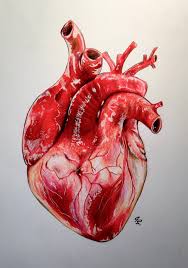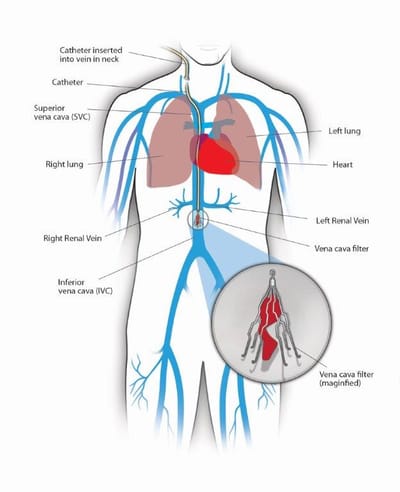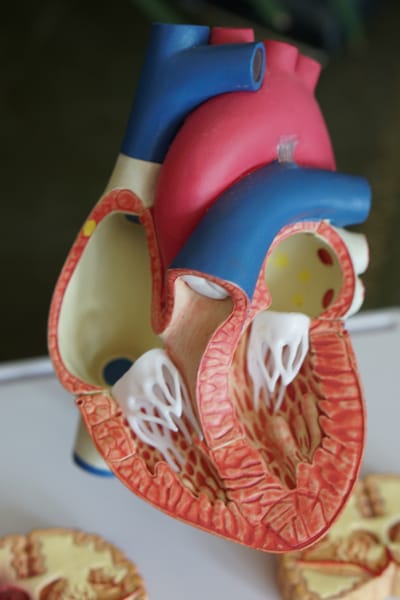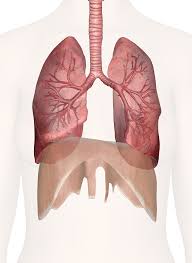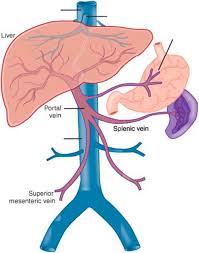Circulatory System
What is the Circulatory System?

Main Organs
The heart is a muscular pump that controls blood flow throughout the body. The heart is the key organ in the Circulatory System. It beats around 60 - 100 times per minute. It beats about 100,000 times a day. And more than 30 million times per year. The heart is about the size of when you clench your fist. The heart receives messages telling it to beat more or less blood, for whatever the body needs. If you are excited or happy, the heart beats more, when you are sleeping it beats just enough blood. https://www.rchsd.org/health-articles/heart-and-circulatory-system/
Read MoreArteries- Arteries carry blood away from the heart. They also are the thickest blood vessels that have muscular walls. The Arterial wall has three layers, the endothelial, media, and the adventitia layer. Once the arteries get further away from the heart, they branch off into smaller arteries called arterioles. https://www.rchsd.org/health-articles/heart-and-circulatory-system/
Read MoreVeins- Veins, unlike arteries carry blood to the heart. However, veins share the same layers arteries have the endothelial, media, and the adventitia layer. The two largest veins your body has are the superior and inferior vena cavae. The superior vein is located on top of your heart while in the inferior is obviously below. https://www.rchsd.org/health-articles/heart-and-circulatory-system/
Read MoreLungs- Lungs are located behind the heart and have an elastic and spongy feel. They make up a lot of chest cavity. The right lung consists of 3 lobes while the left consists of two. When we breathe, the air travels through the lungs through tubes and passages. The lung aids in the Circulatory System and allows it to function properly. http://lsa.colorado.edu/essence/texts/lungs.html
Read MorePortal Vessel- The Portal Vein moves blood from the spleen and gastrointestinal tract to the liver. It supplies about 75% of all blood flow to the liver. In fact, the portal vein is not even a real vein as it does not supply the heart with blood. https://www.healthline.com/human-body-maps/portal-vein#2
Read MoreImportance of this System
https://www.khanacademy.org/science/high-school-biology/hs-human-body-systems/hs-the-circulatory-and-respiratory-systems/a/hs-the-circulatory-system-review
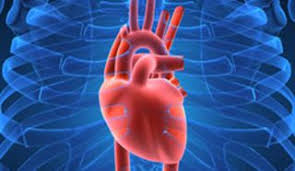
Functions
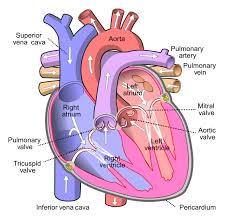
https://www.cliffsnotes.com/study-guides/anatomy-and-physiology/the-cardiovascular-system/functions-of-the-cardiovascular-system
Ways to Keep it Healthy
https://www.healthline.com/health/circulatory-system-diseases#prevention

Diseases/Illnesses

-Another condition is high blood pressure, where the blood starts to put pressure against your artery walls and where its high enough that it can lead to possible heart problems.
-Cardiac arrest, a sudden loss of heart function, breathing and consciousness in a person even if you have been diagnosed or not with heart disease, this is often fatal if the right steps aren't taken.
-Arrhythmia, a problem where the rate of your heartbeat is too fast,or too slow which leads to an irregular heartbeat. When your heart beats faster than normal, it is called tachycardia.
-Congestive heart failure, a chronic condition that affects the pumping power of your heart muscles and cause fluid to build up within your veins which causes your heart to pump blood efficiently.
-An aortic dissection and aneurysm is a tear in the inner layer of the large vessel blood branching off into the aorta.
-Peripheral artery disease is a condition where narrowed blood vessels, reduce blood flow to the limbs, most commonly the arteries in the legs.
https://www.khanacademy.org/science/health-and-medicine/circulatory-system-diseases
https://www.heart.org/en/health-topics/peripheral-artery-disease/about-peripheral-artery-disease-pad
https://medlineplus.gov/arrhythmia.html
https://www.healthline.com/health/congestive-heart-failure
Facts/Statistics
- The circulatory system stops diseases and helps maintain homeostasis in the body.
- It is believed that the circulatory system is extremely long, stretching about 60,000 miles (100,000 kilometers).
- The circulatory system was studied for hundreds of years, appearing in the Ebers Papyrus, an Egyptian medical document dating as far back as the 16th century.
- For over 1,500 years, physicians studied the wrong circulatory system model.
- In the average lifespan of a human, the heart pumps 1 million barrels of blood.
- The body pumps blood to about 75 trillion cells.
- Blood takes only 20 seconds to pump throughout the entire circulatory system
- Red blood cells are known to live up to 120 days.
- Blood makes up 7% of your body weight.
- https://www.livescience.com/39925-circulatory-system-facts-surprising.html

Extra Information
The ventricle cavity can be found inside the rib cage in the torso. It houses primary organs of the cardiovascular and respiratory systems such as the lungs, heart, esophagus and thymus gland. The atrium is the upper chamber where blood enters the ventricles of the heart. There are two atria in the human heart the left atrium receives blood from the pulmonary veins which extend to lungs and bring oxygen to the heart. The right atrium receives blood returning from the heart then it leads to superior vena cava.
The superior vena cava contains blood from the neck and head. The superior vena cava is formed by the right and left union of the brachiocephalic veins. The brachiocephalic vein returns oxygen-depleted blood from the upper heart, head and neck. Unlike the superior vena cava, inferior vena cava (posterior vena cava) carries blood from the lower torso of the body. The iliac veins are connected by the inferior cava, allowing the veins to transport blood to the heart.
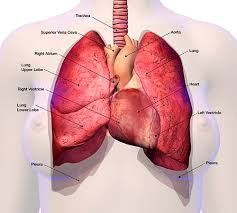
Sources
https://www.rchsd.org/health-articles/heart-and-circulatory-system/
http://lsa.colorado.edu/essence/texts/lungs.html
https://www.innerbody.com/image_lymp01/card66.html
https://www.healthline.com/human-body-maps/portal-vein#2
https://boston.cbslocal.com/2017/01/30/bidmc-heart-health-2017-facts-about-cardiovascular/
https://www.khanacademy.org/science/health-and-medicine/circulatory-system-diseases
https://www.heart.org/en/health-topics/peripheral-artery-disease/about-peripheral-artery-disease-pad
https://medlineplus.gov/arrhythmia.html
https://www.healthline.com/health/congestive-heart-failure
https://www.circulationfoundation.org.uk/document-library/circulatory-system
https://www.healthline.com/health/circulatory-system-diseases#prevention
https://www.thoughtco.com/atria-of-the-heart-anatomy-373232
https://yourheartvalve.com/heart-basics/heart-valves/
https://www.webmd.com/heart/mitral-valve-prolapse-symptoms-causes-and-treatment
https://ctsurgerypatients.org/adult-heart-disease/tricuspid-valve-disease
https://www.livescience.com/39925-circulatory-system-facts-surprising.html
